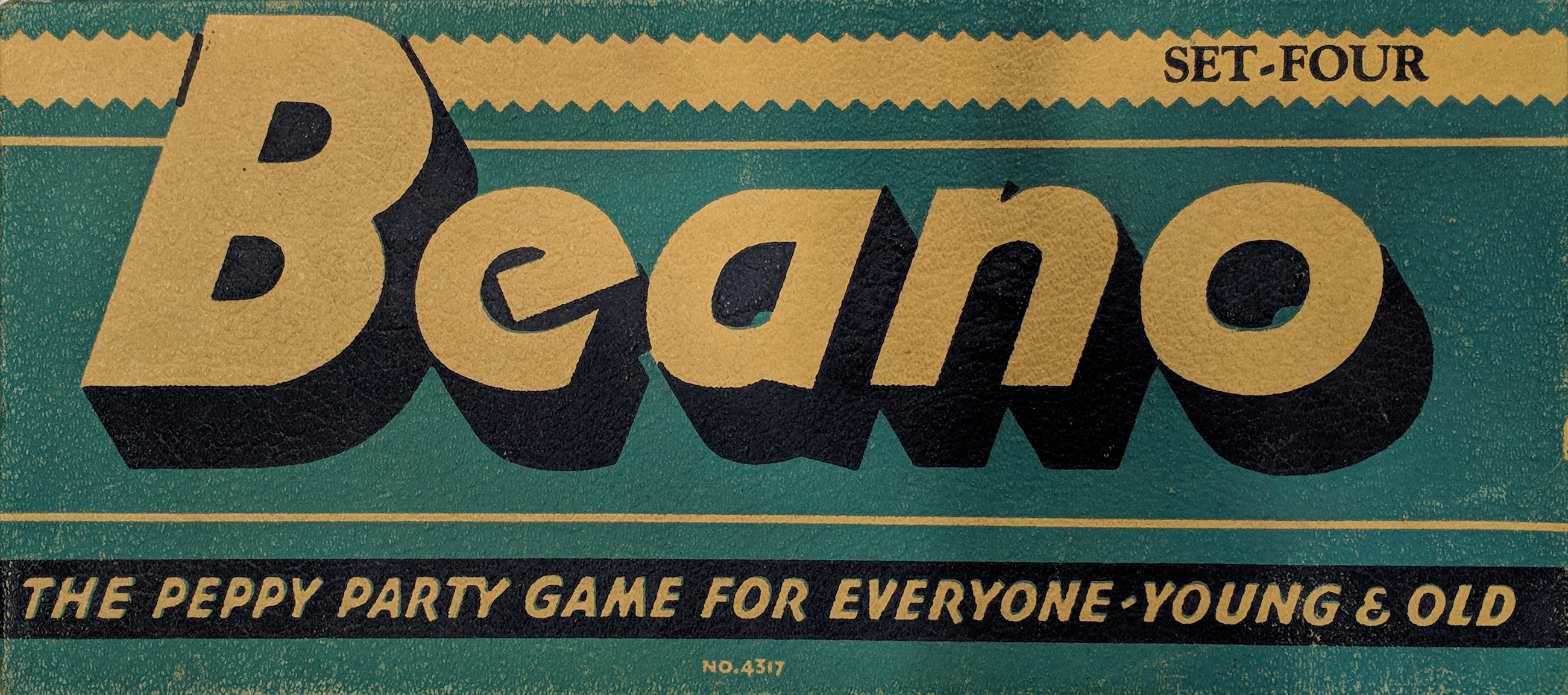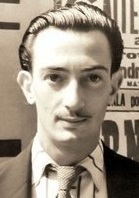
Signature: The game was noteworthy for its use of beans as markers and winners shouting “beano.” Popular at carnivals and county fairs, it was the precursor to bingo.
Origination: The game extends as far back as 1530 to a lottery Italians played called il gioco del lotto d’Italia. Next, it sprang up in France in the late 1770s, where it went by le lotto, was played primarily among wealthy Frenchmen and even introduced at the Casino de Monte-Carlo at some point. It found its way to Britain, where, around 1880, members of the Royal Navy called it tombola, and around 1900, those in the Army, called it house or housy-housy.
The original American form, called keno, kino or po-keno, dates back to the early 1800s. But this version, from Europe, began in the United States in 1929 as beano because it involved the use of, well, beans.

Edwin S. Lowe
How It Works: Players purchase one or more cards containing squares, a number in each. The money goes into the pot. A caller, or banker, randomly selects one number at a time out of some container holding them all—likely a cigar box in the game’s heyday—and as each one is pulled, calls out the number. If players have it on their card(s), they mark each instance of it. The first player to mark a complete row, card or other previously determined pattern of numbers shouts “beano” and wins the pot.
Trivia: Edwin S. Lowe, a New Yorker from Poland, discovered the game at a Georgia carnival in 1929. Upon returning home, he tried it with some friends, and it was a hit. Subsequently, he commercialized it as bingo.
Current Status: Old versions of the game can be found online, but other than that, bingo has overshadowed beano.
